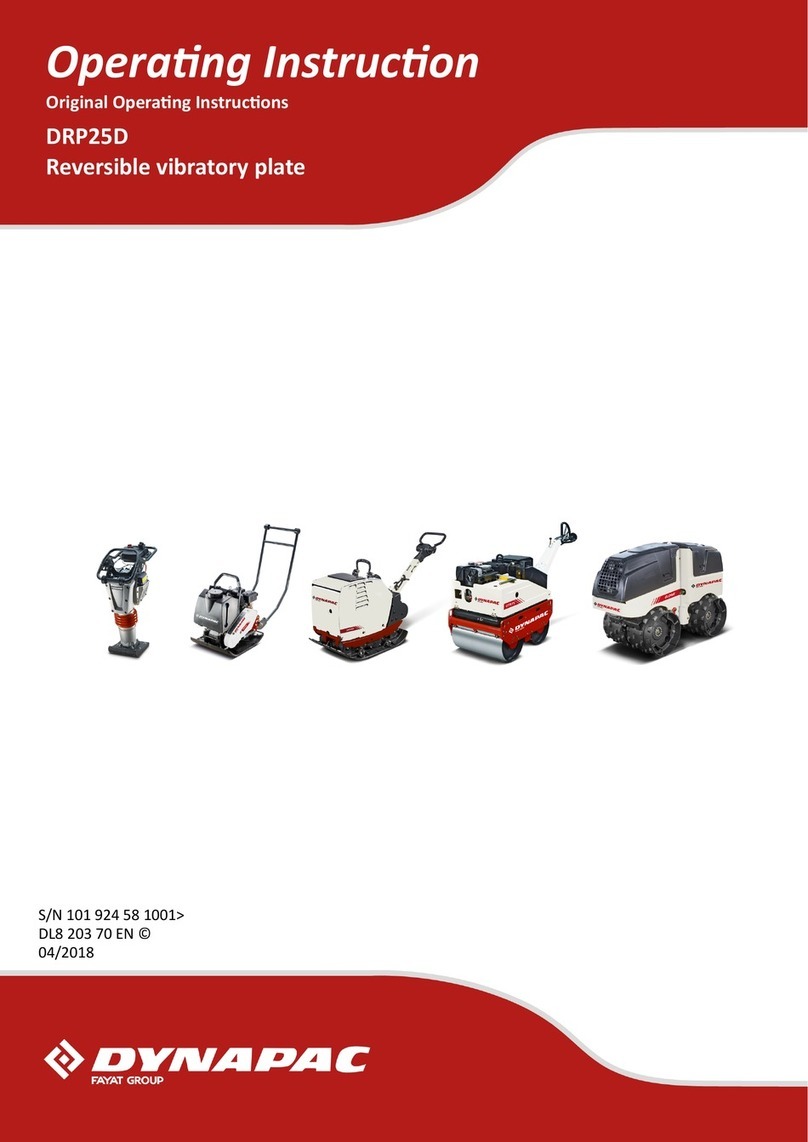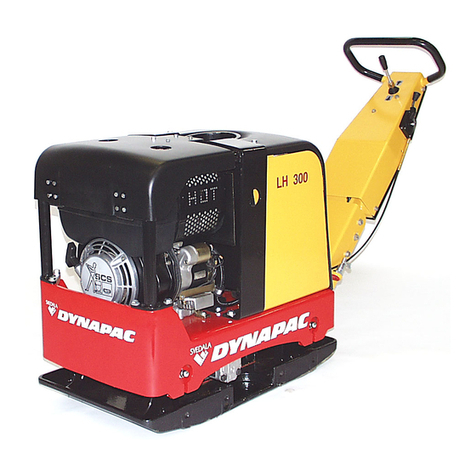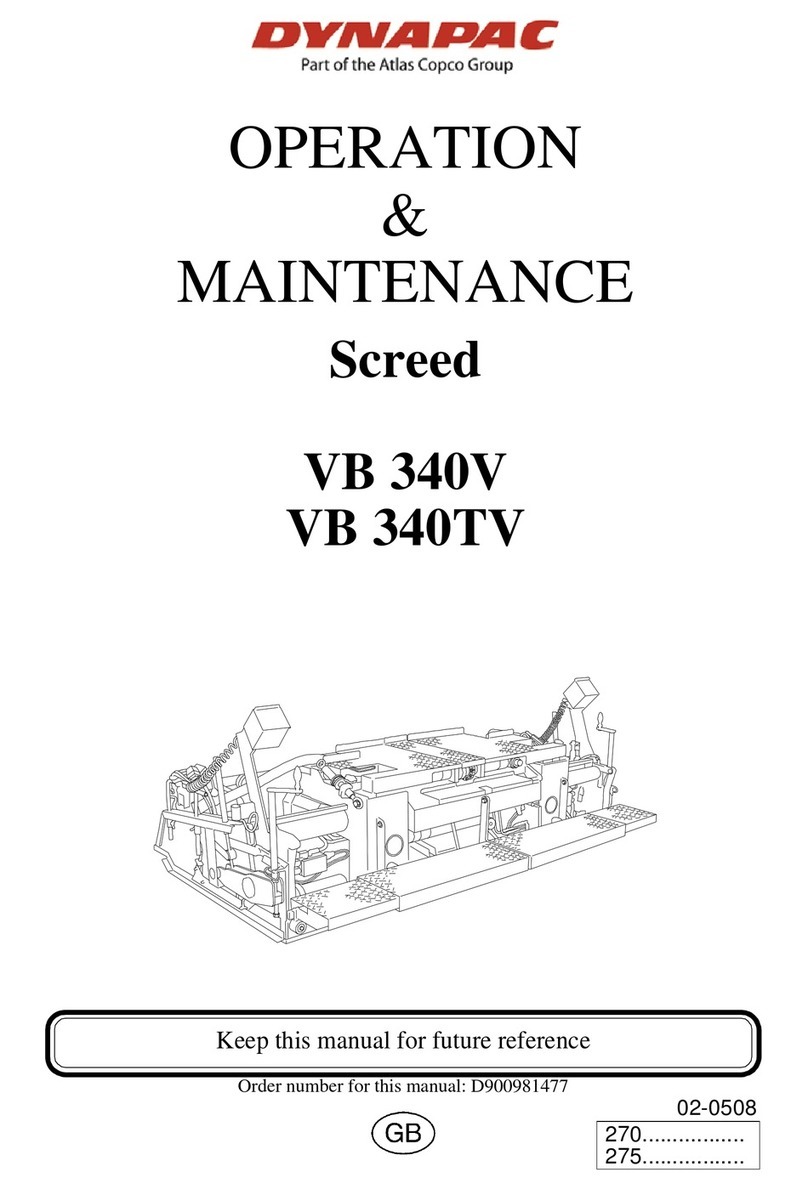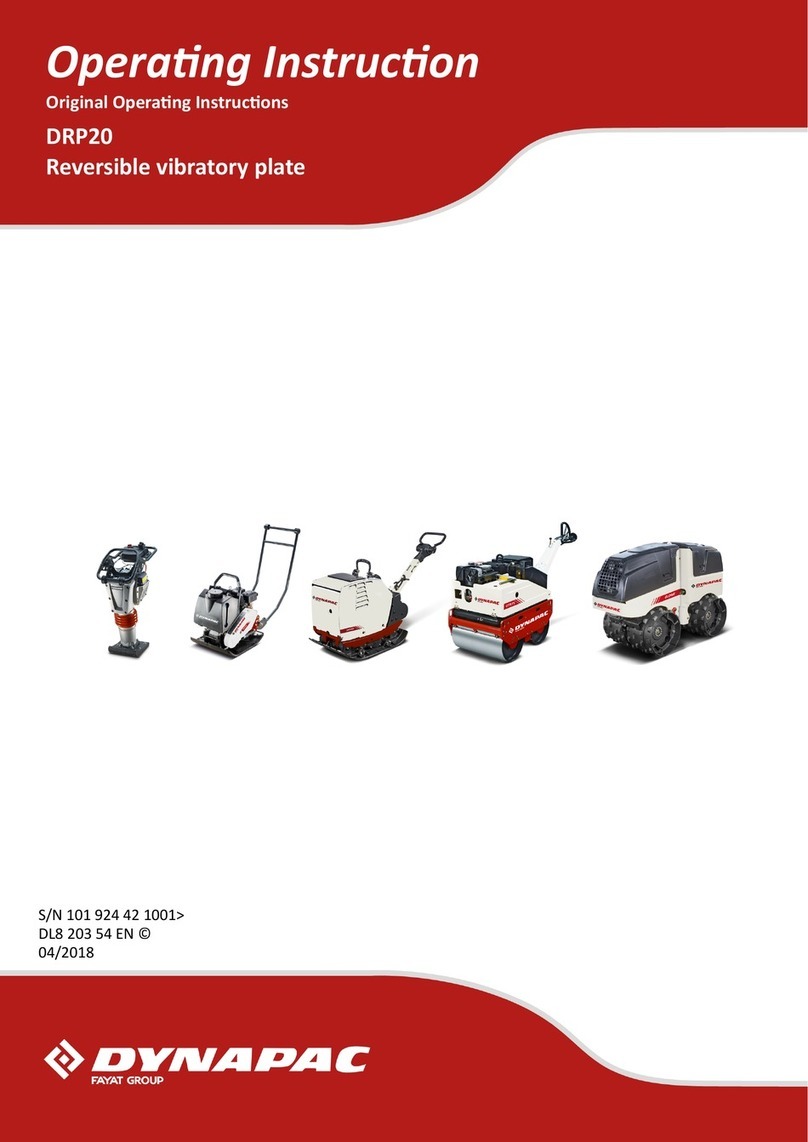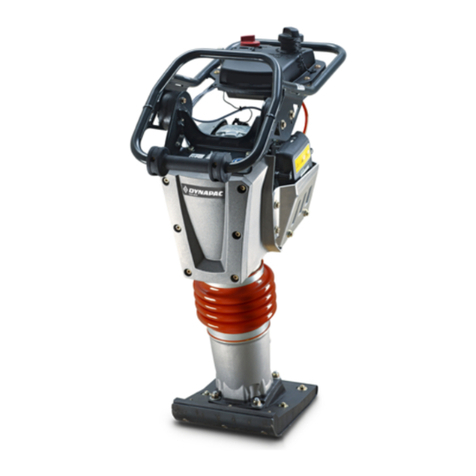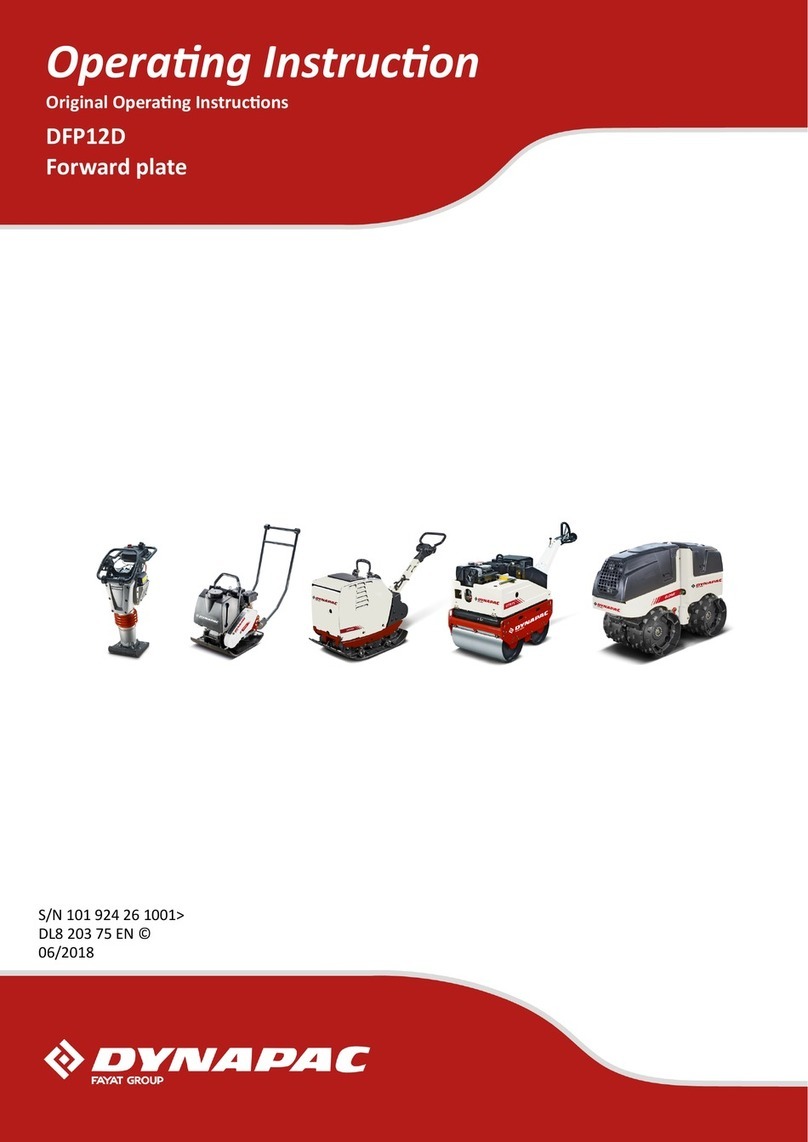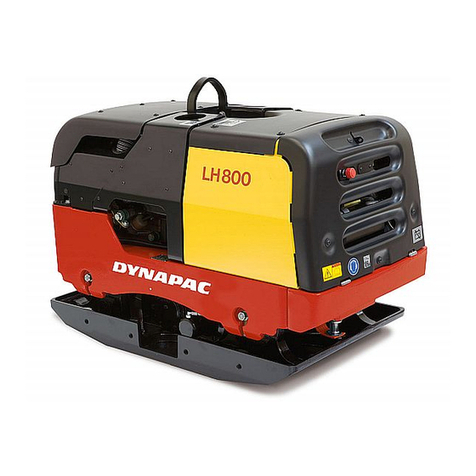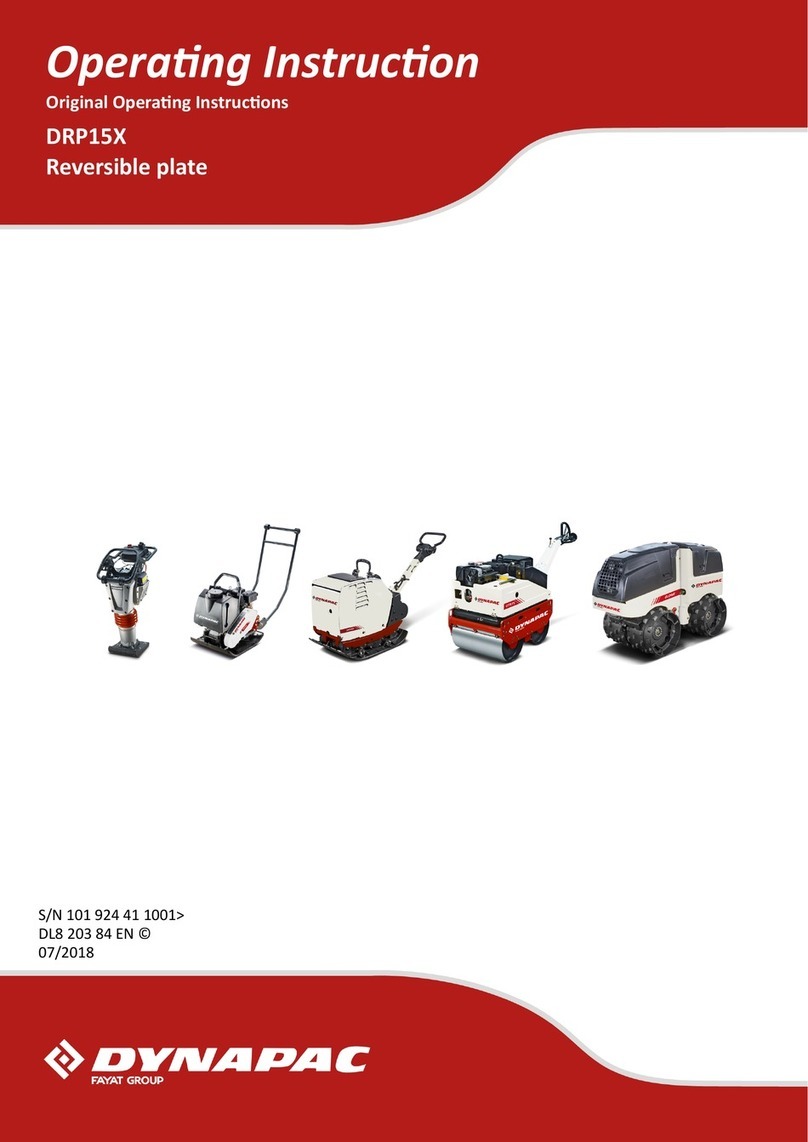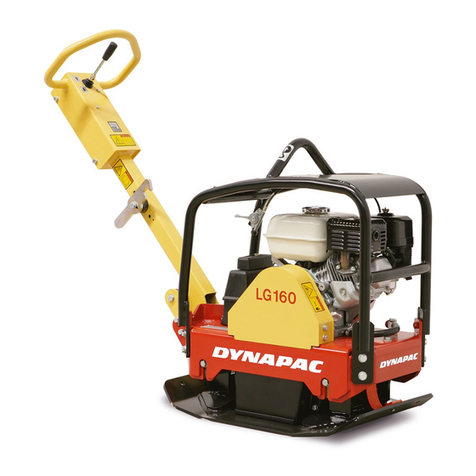
3.11 Signage...................................................................................................................................... 32
3.12 Safety Components.................................................................................................................. 37
4 Indicators and control elements........................................................................................................ 39
4.1 Engine.......................................................................................................................................... 40
4.1.1 Throttle lever.............................................................................................................................. 40
4.1.2 Shut-off device........................................................................................................................... 40
4.1.3 Recoil starter.............................................................................................................................. 40
4.2 Water spraying system............................................................................................................... 41
4.2.1 Shut-off valve............................................................................................................................. 41
4.3 Transport wheels......................................................................................................................... 42
5 Checks prior to start up...................................................................................................................... 43
5.1 Notes on safety........................................................................................................................... 44
5.2 Visual inspections and function tests....................................................................................... 45
5.3 Daily maintenance....................................................................................................................... 46
5.3.1 Checking the engine oil level..................................................................................................... 46
5.3.2 Checking the fuel level; topping up fuel..................................................................................... 47
5.3.3 Checking the rubber buffers....................................................................................................... 48
5.3.4 Checking the screw connections on the diesel engine.............................................................. 48
5.3.5 Checking the water level, topping up......................................................................................... 49
6 Operation............................................................................................................................................. 51
6.1 Starting the engine...................................................................................................................... 52
6.2 Work mode................................................................................................................................... 54
6.3 Switching the water spraying system on/off............................................................................ 56
6.4 Parking the machine in secured condition............................................................................... 57
7 Loading / transporting the machine.................................................................................................. 59
7.1 Loading the machine.................................................................................................................. 60
7.2 Lashing the machine to the transport vehicle.......................................................................... 61
7.3 Transport wheels......................................................................................................................... 62
8 Maintenance........................................................................................................................................ 63
8.1 Preliminary remarks and safety notes...................................................................................... 64
8.2 Fuels and lubricants................................................................................................................... 65
8.2.1 Engine oil................................................................................................................................... 65
8.2.2 Fuel............................................................................................................................................ 65
8.2.3 Oil for exciter shaft housing........................................................................................................ 66
8.3 List of fuels and lubricants........................................................................................................ 67
8.4 Running-in instructions.............................................................................................................. 68
8.4.1 General...................................................................................................................................... 68
8.4.2 After 25 operating hours............................................................................................................. 68
8.5 Maintenance Table...................................................................................................................... 69
8.6 Weekly.......................................................................................................................................... 70
8.6.1 Checking, cleaning the air filter.................................................................................................. 70
8.6.2 Checking and cleaning the water separator............................................................................... 72
8.7 Annually....................................................................................................................................... 73
8.7.1 Changing the engine oil and cleaning the oil filter...................................................................... 73
8.7.2 Checking, adjusting the valve clearance.................................................................................... 75
Table of contents
DFP10D
4
